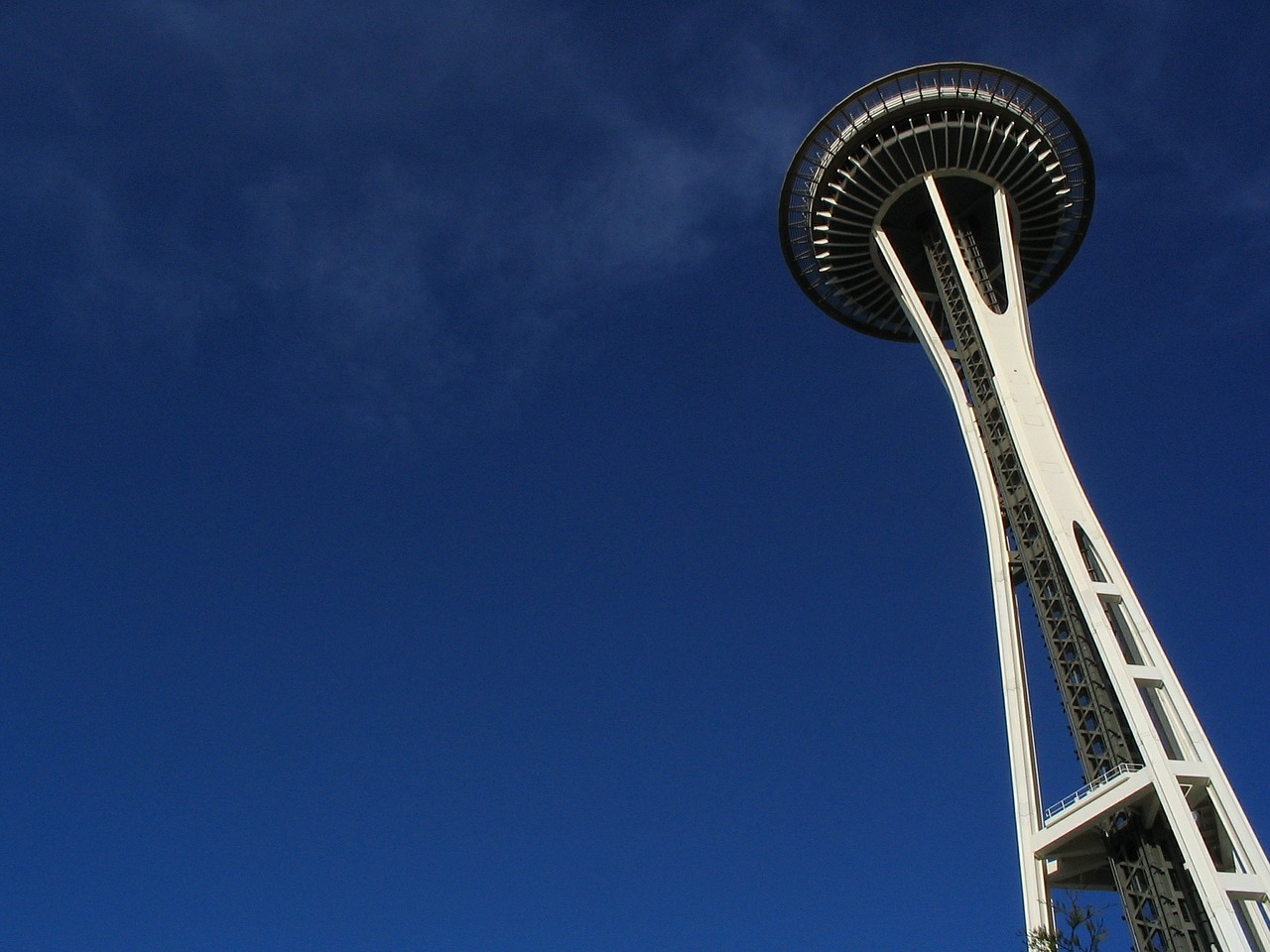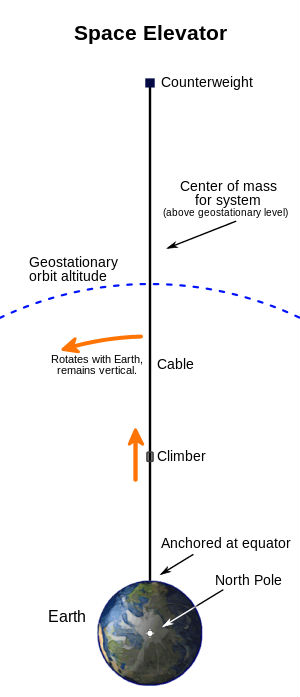How The Space Elevator Could Open Up Interplanetary Supply Chains
The prohibitive cost of lifting payloads out of the Earth’s atmosphere is hamstringing humanity’s conquest of the solar system. The space elevator may soon make chemical rockets a thing of the past.
At the Coupa Inspire conference in May this year, keynote speaker Richard Branson announced plans to have Virgin Hotels orbiting the planet within 40 years.
Branson’s famous “anything is possible” attitude was on display, as he breezily talked of shuttle trips between his space hotels and the surface of the moon, and observatory domes where guests can marvel at the Earth from above.
Branson’s audience predominantly consisted of procurement professionals, many of whom were turning their minds to the challenge of maintaining a supply chain in space.
Considering the vast amount of goods and services that flow through any mere terrestrial hotel, the prospect of supplying a space hotel, or any other off-planet settlement, is daunting.
The Payload Challenge
It’s unbelievably expensive to send cargo into space. These days, all eyes are on SpaceX. Elon Musk’s company is leading the way in reducing the cost of payload delivery through lean operations, integrated engine production and reusable spacecraft.
At full capacity, the Falcon 9 rocket can lift cargo to low-earth orbit at US$1233 per pound ($2719 per kg). NASA is paying SpaceX $133 million per mission to resupply the International Space Station. This equates to $27,000 per pound ($59,500 per kg) of cargo delivered.
Reducing the cost of payload delivery is one of the highest priorities for Musk, who has stated that $500 per pound ($1100 per kg) or less is an achievable goal.
Even with payload cost being driven ever-lower, the expense still makes the prospect of a regular delivery service (such as a space hotel supply chain) prohibitively expensive.
Tech Insider recently published a playful article working out the hair-raising costs of some of the unnecessary items NASA has launched into space. They calculated that astronaut Kjell Lindgren’s bagpipes, for example, would have cost anywhere from $54,600 to $259,000 to deliver.
The International Space Station’s espresso machine weighs 44 pounds (20kg), and would have cost between $400,400 and $1.9 million to deliver.
The Space Elevator – A Better Way to Lift Cargo into Space
Arthur C. Clarke predicted that the space elevator would be built “about 10 years after everyone stops laughing”. That’s because at first glance, it seems like pure science-fiction. The thing to understand about how the space elevator would work is that it isn’t a tower or ladder to space, but rather a tether.
The Earth-end of the tether would be attached to the surface near the equator, while the other end would be anchored to an object in space (most likely a space-station) beyond geostationary orbit, or 35,800km in altitude. The tether would therefore be held stationary under tension as the space station tried to “pull away” from the planet.
At present, no material exists with the tensile properties required to construct the tether, but teams all over the world are working on the challenge.
Recently, carbon nanotubes, boron nitride nanotubes, and diamond nanothreads have all been considered viable new materials, enabling scientists to inch ever closer to the required tensile strength.
There are many other challenges involved, but commentators agree that once the tether question has been solved, the other components of the elevator will be relatively simple to design and construct.
A Freight Train to Space
Once constructed, laser or solar-powered ‘climbers’ would ascend and descend the tether, taking materials and passengers to geostationary orbit. Payload prices could be as low as $100 per pound ($220 per kg), with two added advantages.
Firstly, proponents predict a working elevator would be significantly safer than chemical rocket technology. And secondly, the climbers would operate continuously.
Journalists often write about the space elevator in the singular, but there is no reason why the planet would only have one. In fact, it’s likely that multiple competitive nations (and private enterprises) would insist on having their own.
Opening Up Space
With working space elevators, the enormous expenditure of fuel used in boosting chemical step-rockets up through our atmosphere will become a thing of the past.
Spacecraft will no longer be needed for surface-to-space lifts or descents. Instead they will only be needed to move from point to point in space. After an initial boost, a craft in space simply falls freely along its trajectory, with only short-term adjustments and deceleration required.
Space elevators need not be limited to Earth. Within the next century, we may “drop” shorter tethers to the surface of the moon and Mars, with regular cargo and passenger services plying their way between the space stations at the top of the elevators. The complex task of keeping a Moon or Mars colony supplied would become much more feasible.
But that’s thinking a long way ahead. In the medium-term future, Branson’s luxury space hotel may well sit atop a space elevator, supplying its every need.
In the short-term, any day now we may read that scientists have discovered materials strong enough to construct the tether. At which point – as Arthur C. Clarke predicted – everyone will stop laughing.

